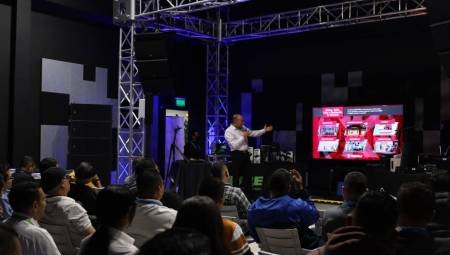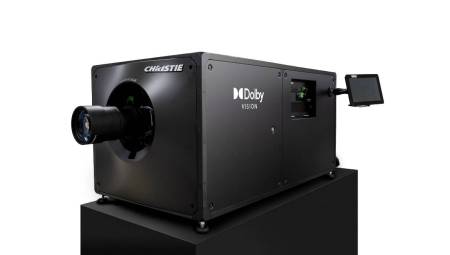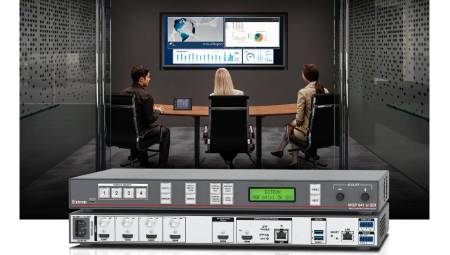
Nanotechnology has enabled the creation of new materials with amazing properties. Architecture has benefited from these materials by applying them in the field of home automation and will continue to do so to the extent that they arise.
Construction procedures and building materials have commanded architecture throughout history. The architectural design is the result of the available technology and from this derives the form and functionality of the resulting constructions.
Home automation is changing the concept of architecture, by applying technology to all aspects that determine the operation of a house. The science and technology of our day are closely linked, from them arises nanotechnology.
What is nanotechnology:
Nanotechnology is the set of new technologies that are responsible for manufacturing systems (nanosystems) and materials with dimensions ranging from one micrometer to one nanometer. Nanosystems, in turn, are dedicated to the production of nanomachines.
Architecture benefits from both products which it uses for the construction of buildings. These new materials have appearance and properties that border on science fiction and allow new constructions to perform novel functions.
Nanostructured materials have grains whose size is between a hundred and a thousand times smaller than those of a common material, which allows a greater number of atoms to be included within the same volume. This makes it possible to achieve lighter materials that allow a saving of matter within each fragment of nanostructured material.
One of the procedures to obtain nanostructured materials is the physical synthesis of steam, a process by which materials are exposed to temperatures above their melting point, which allows surface atoms to evaporate and be captured by a collector in the form of crystals and cooled at low temperatures. Leftover crystals are removed from the tube and pressed to mold any type of object. This procedure makes it possible to modify the fracture and corrosion resistance, elasticity, color, plasticity, transparency, chemical reaction, electrical and magnetic behavior and acoustic and thermal resistance of any nanostructured material.
All types of construction materials can be treated by nanostructure (metals, ceramics, semiconductors and polymers), therefore, modern architecture is changing with these materials.
Architecture and home automation have materials that change color, more resistant and lightweight materials, more efficient semiconductors, among others, which determine that the construction procedures change towards a new modality.














